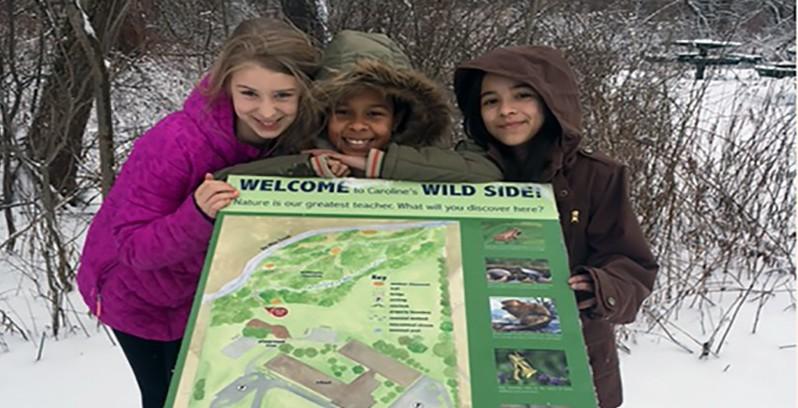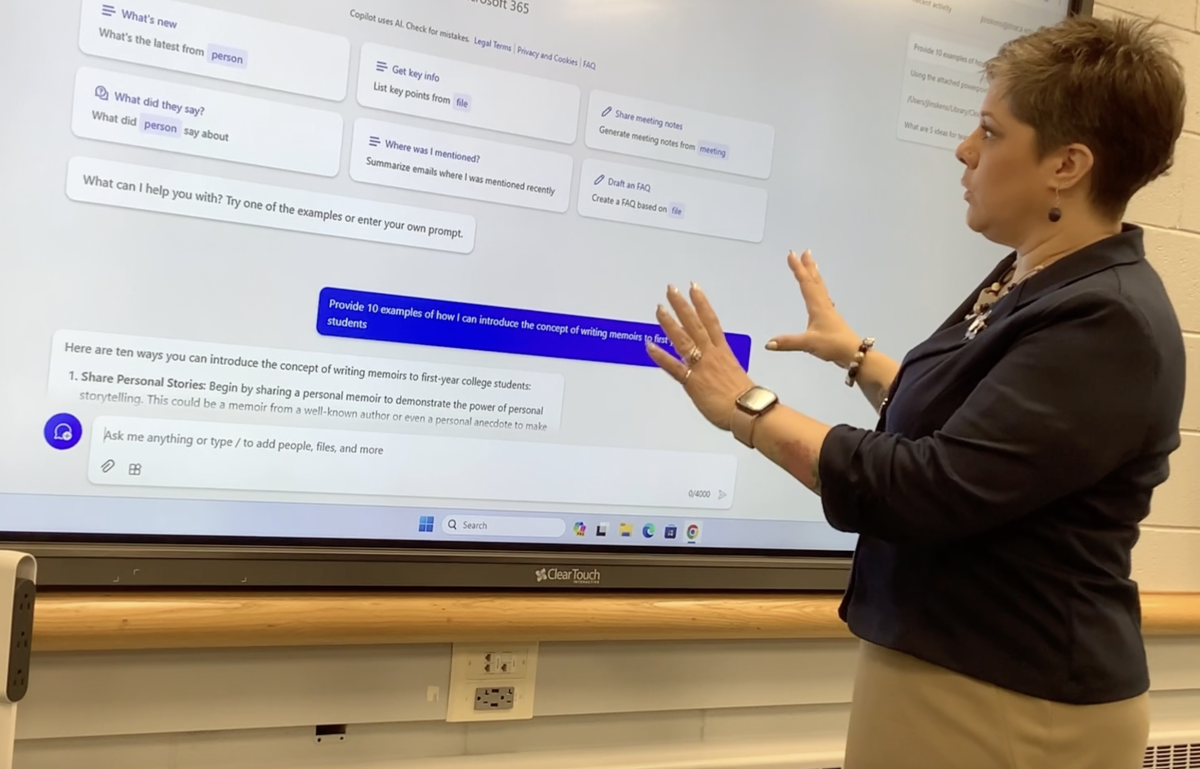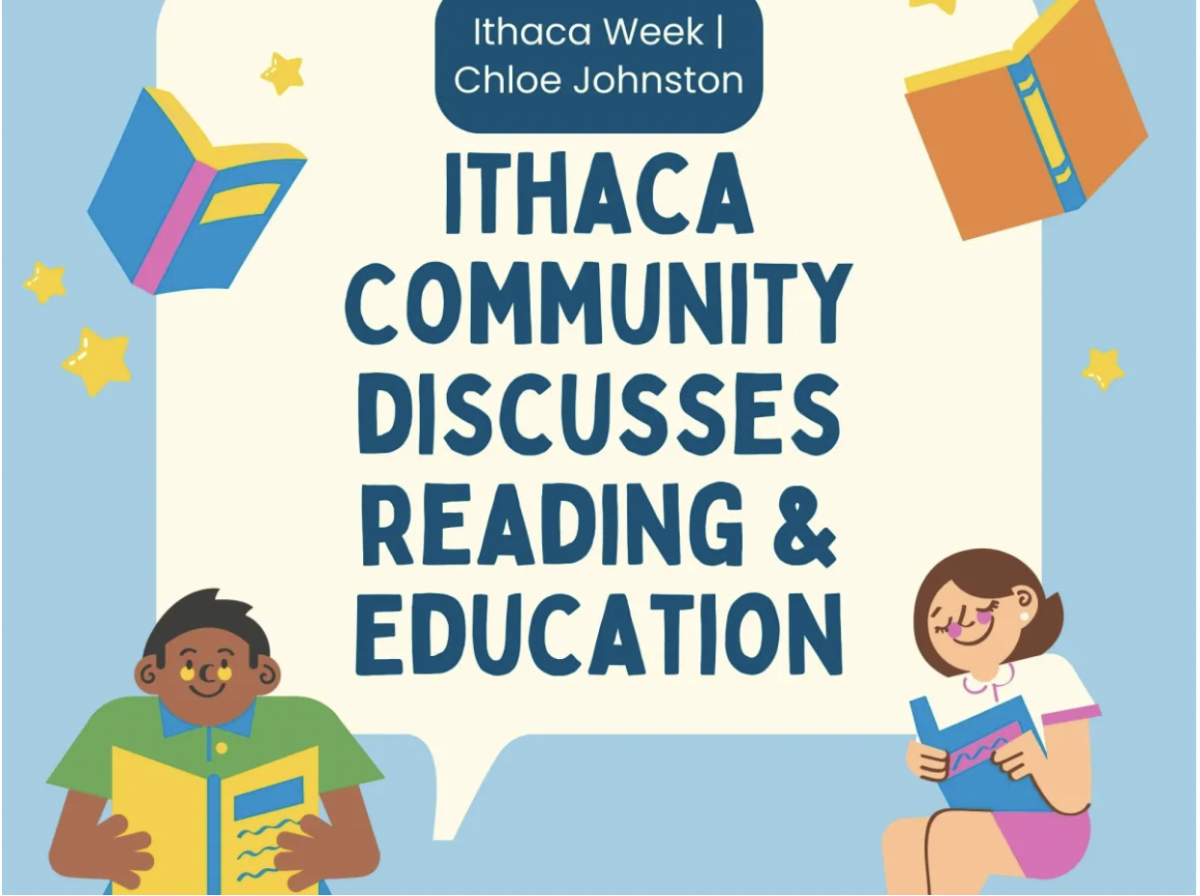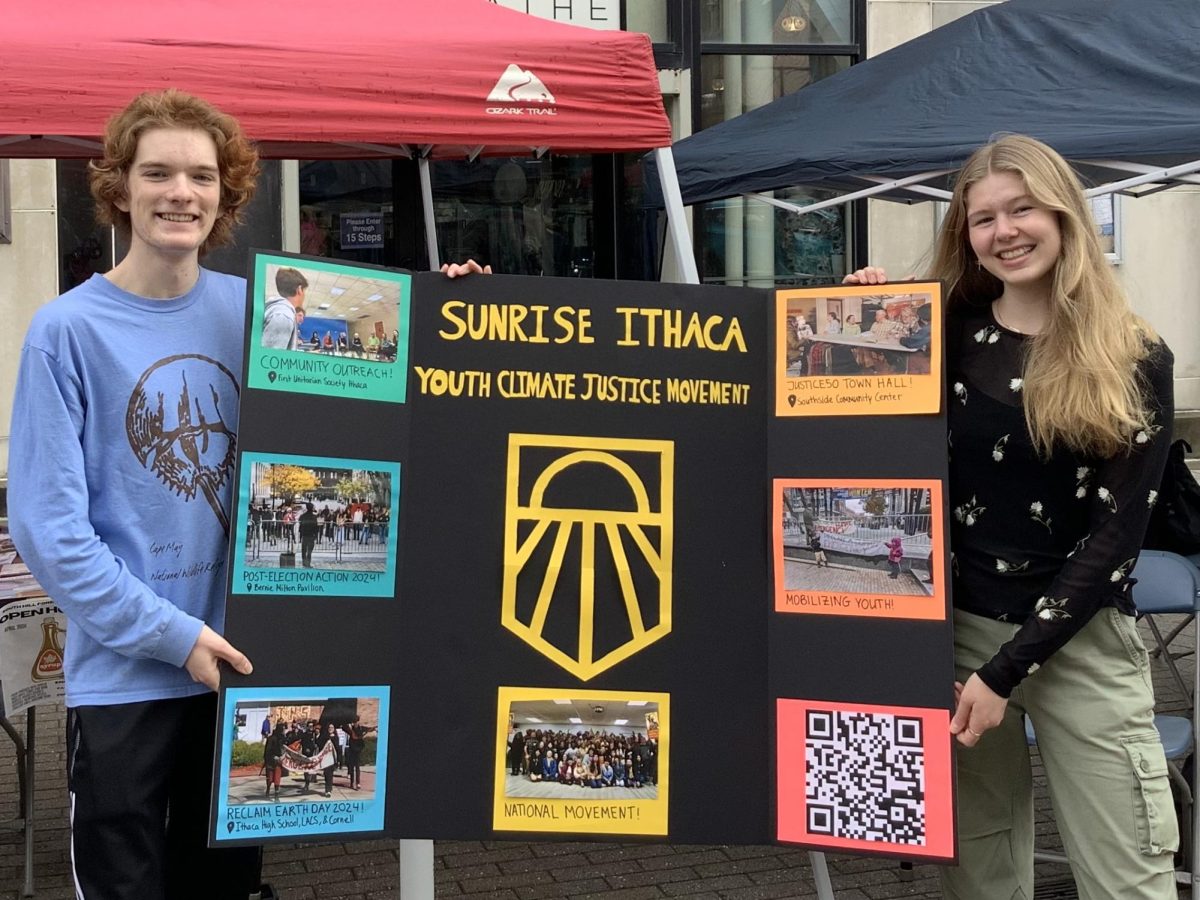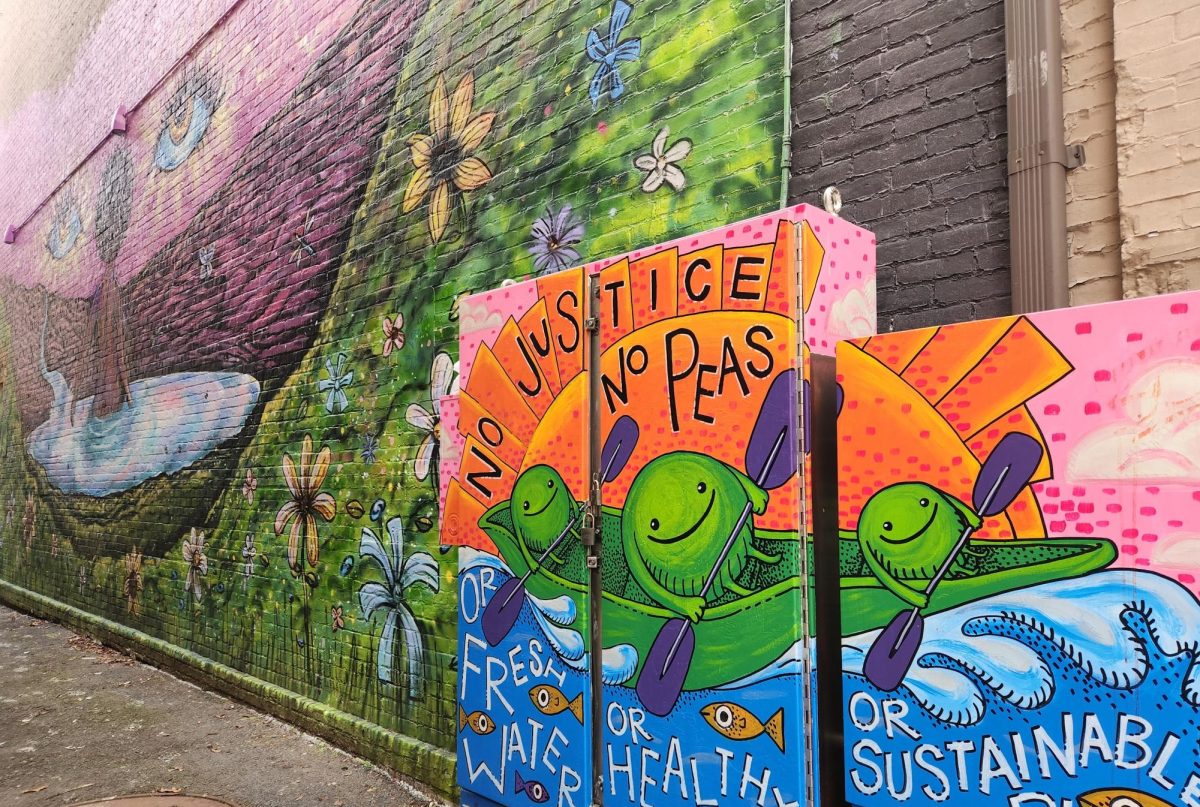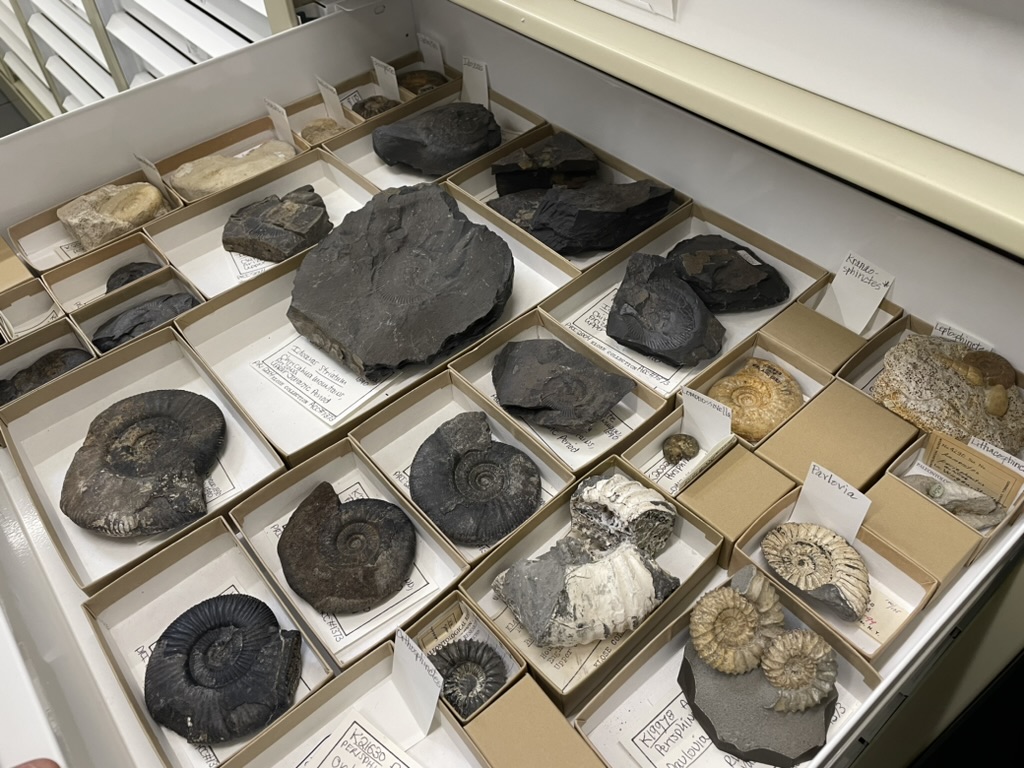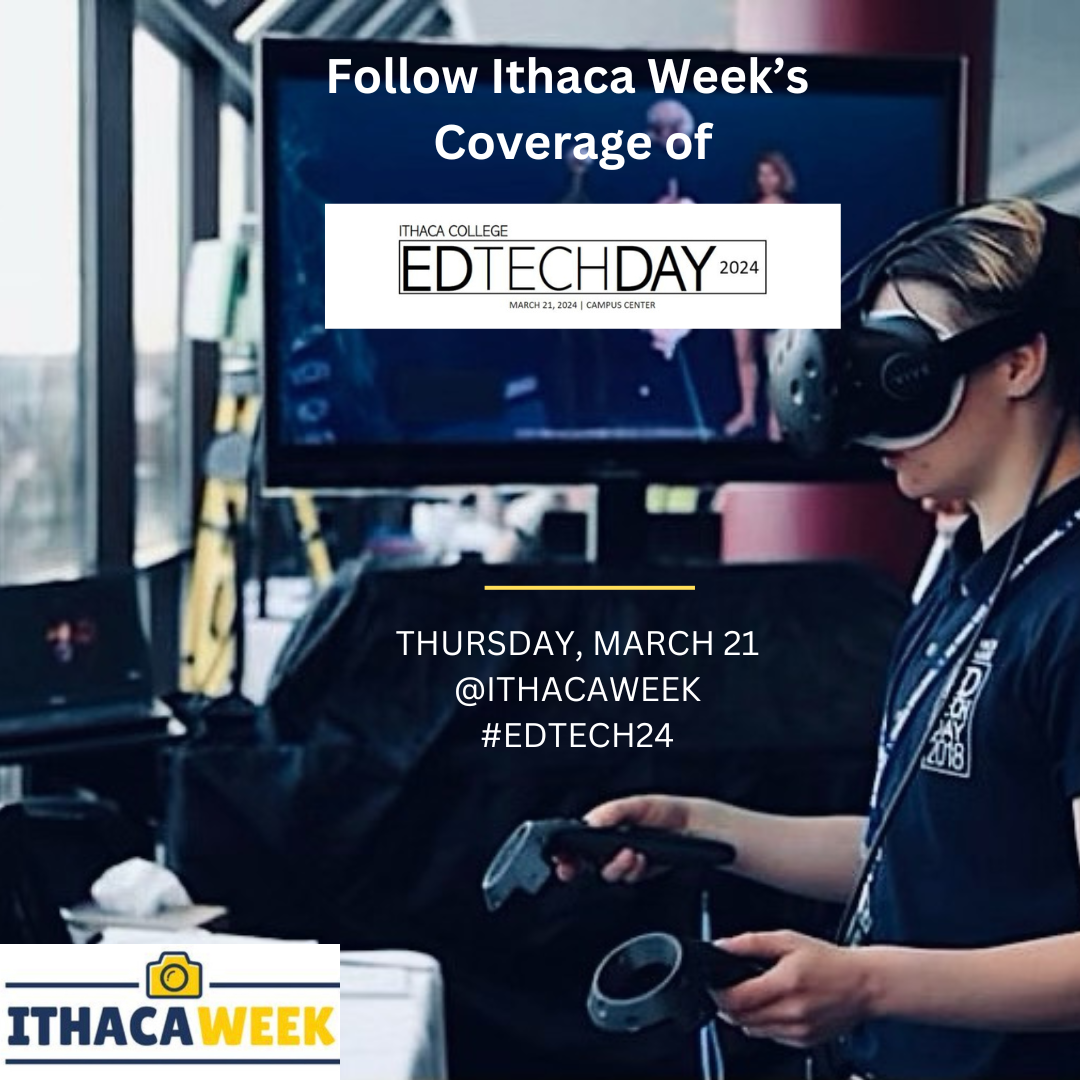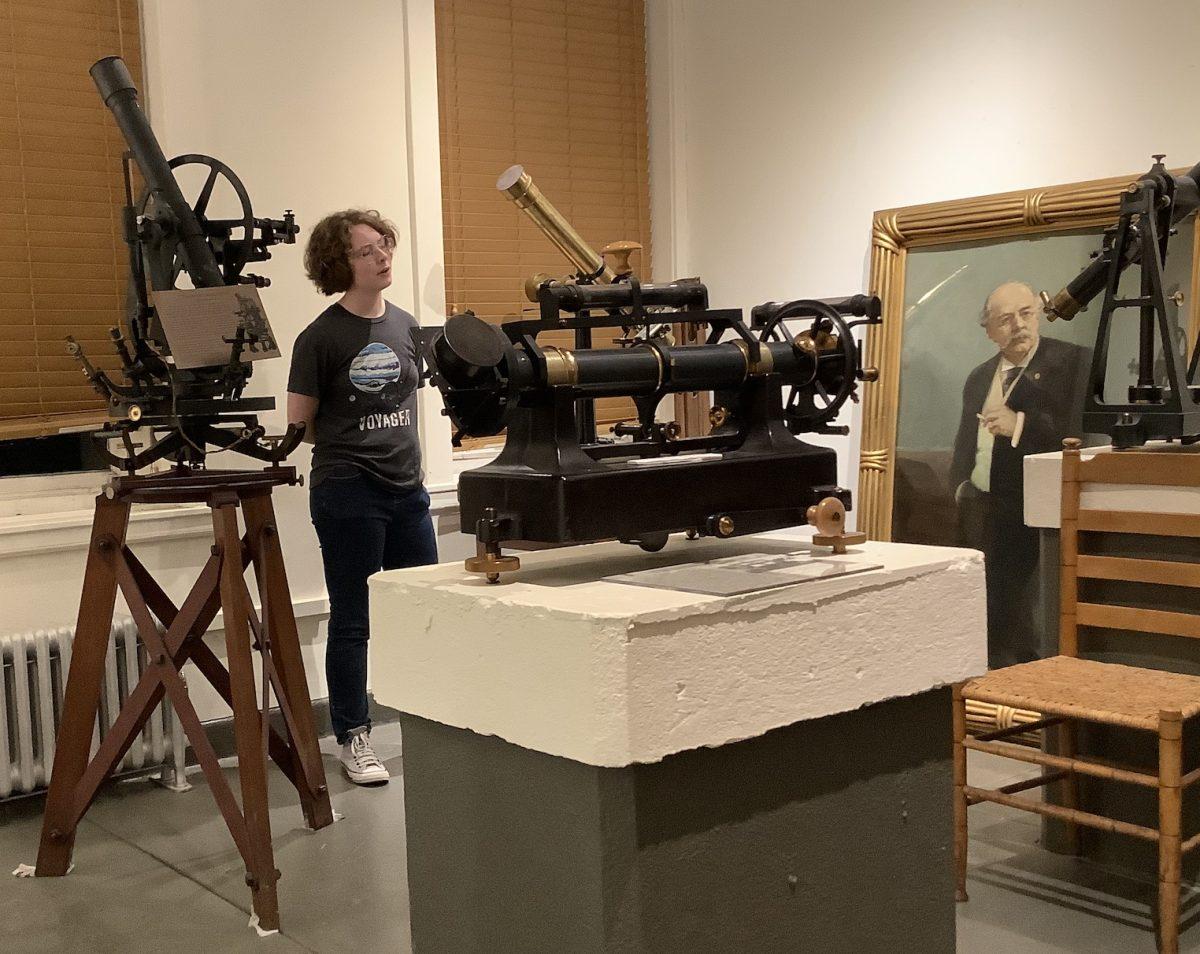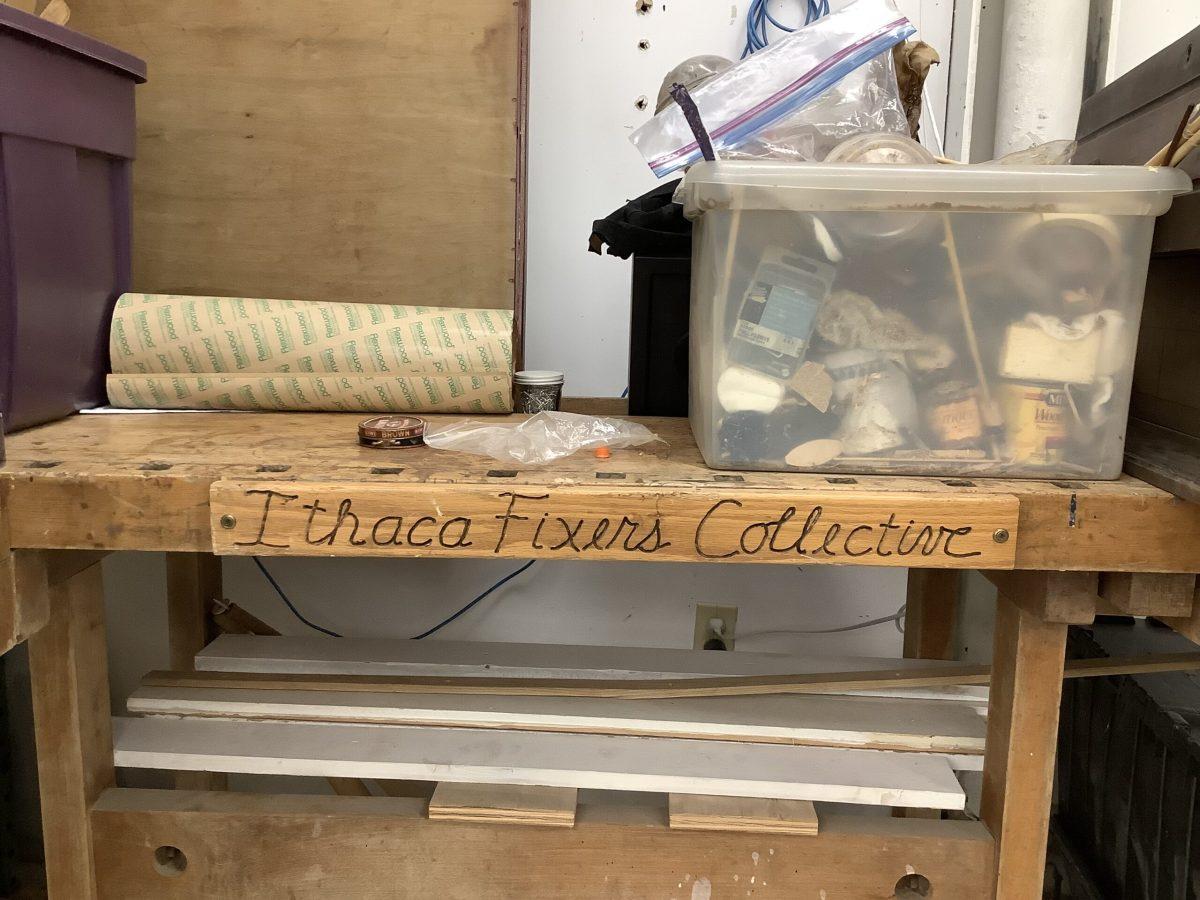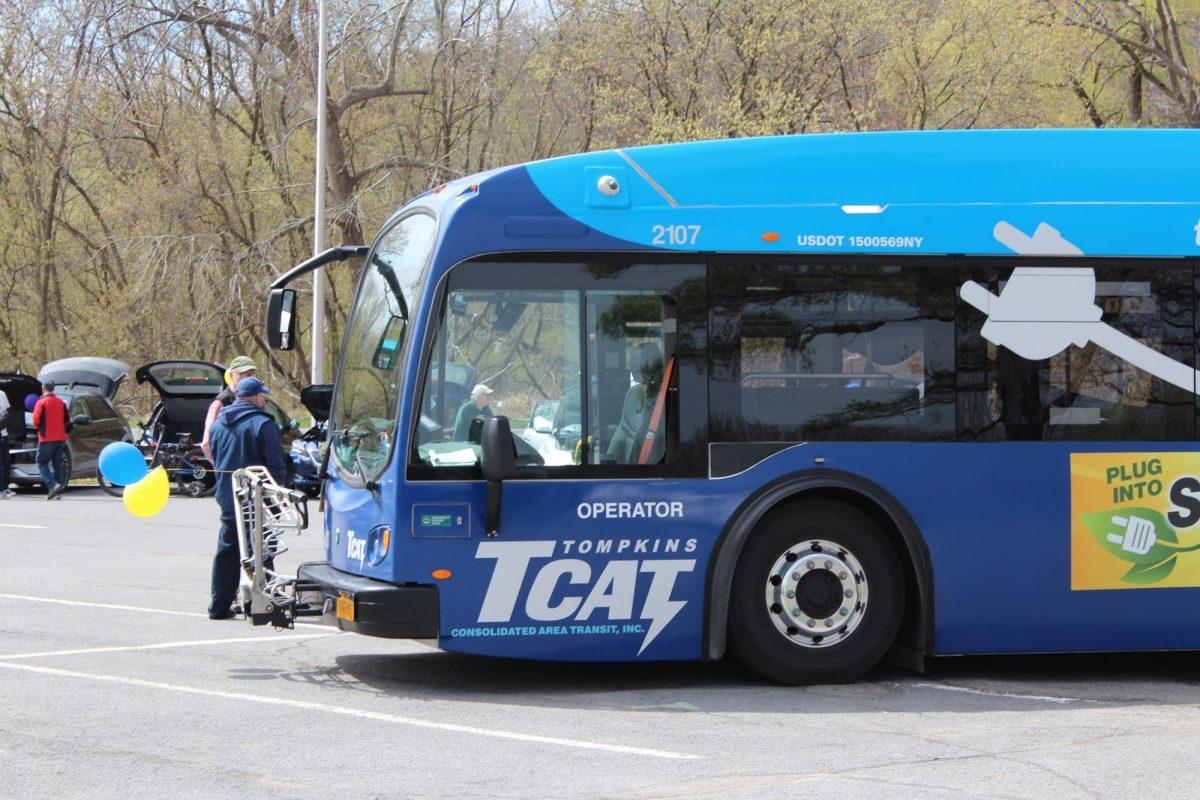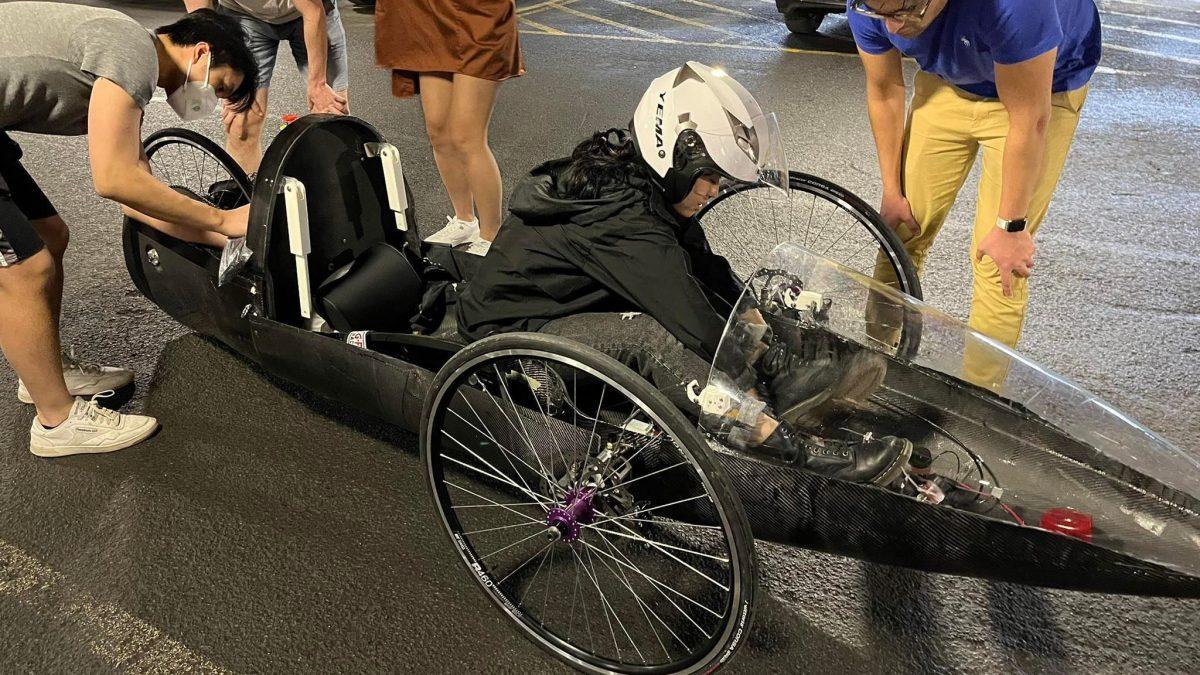The faculty and staff at Caroline Elementary School are changing the way their students learn by utilizing multidisciplinary place-based units.
Place-based learning involves children using the place they are in to help further their understanding of the concepts taught and the real-life impact they can have. This is part of the ‘next generation science standards,’ which Caroline Principal Mary Grover said the school has adopted.
One example of this is the wilderness campus that was completed during the summer of 2013. The habitat is an outdoor learning center that borders Six-Mile Creek with a trail and natural wooded areas. Danielle Rottenstein, fifth grade teacher at Caroline, said the habitat was certified by the National Wildlife Federation on Oct. 30, 2015.
The campus was created in part with a $10,000 “Connecting Classrooms” grant, which was a Citizen Science Action Project for Ithaca City School District.
“I actually applied for the principal job here because [the campus] was being created,” Grover said. “I’m really passionate about place-based learning. And you’re going to see more and more of that, these multidisciplinary place-based units, because that’s a goal in our district.”
Rottenstein said the idea for the project came from former Caroline teacher and mentor Janie Moon Clark.
“The goal was to prove Caroline could be a wilderness habitat,” Rottenstein said. “I had to teach all the kids about ecosystems and food chains, food webs and how everything interacts and then what happens when you invite invasive species in.”
In order to become a habitat, the students had to prove that the habitat could sustain wildlife. The categories needed were cover, food, water and raising young.
In addition to proving the habitat could become certified, which the students handled on their own, Rottenstein said she also had to make sure the project coincided with the curriculum that the school followed, which are known as the ‘next generation science standards.’ Rottenstein said this involves a more immersive and hands-on style of learning, and one that doesn’t involve added screen time, which she said has been a growing concern.
“I think that we have a pretty cool thing going on at Caroline,” she said. “And, you know, I don’t see it in lots of places. Our principal really pushes for what’s best for kids.”
Students in Rottenstein’s fifth grade class worked with Peggy Weber’s kindergarten class in a K-Buddies program that started out as reading time, but changed into pairing up with iPads and going out onto the trail to take pictures and explore what made the wilderness campus a wildlife habitat.
“It was a little bit difficult to get her to not run off,” fifth-grader Helena Llop-Holton said of her K-buddy Danielle.
As a part of the immersive learning process, the fifth graders sorted out all of the pictures they had taken, created “Prove-it” pages, and filled out the online application form by checking the boxes for the different categories.
Rottenstein emphasized the impact the K-buddies program and the interactive learning exercises had on the children. As a part of the certification process, one of the fifth grade students, Lizzie Bonassar, gave a presentation to the school’s Board of Education.
“I was a little nervous,” she said. “Once I started talking for a minute or two, it got better. I liked being able to be the one telling people about what we did in class.”
Although not all schools have a wilderness campus, there are numerous ways to incorporate place-based learning in the classroom. Grover said she expects more and more schools to move toward this style of education as the next generation science standards become more popular.

